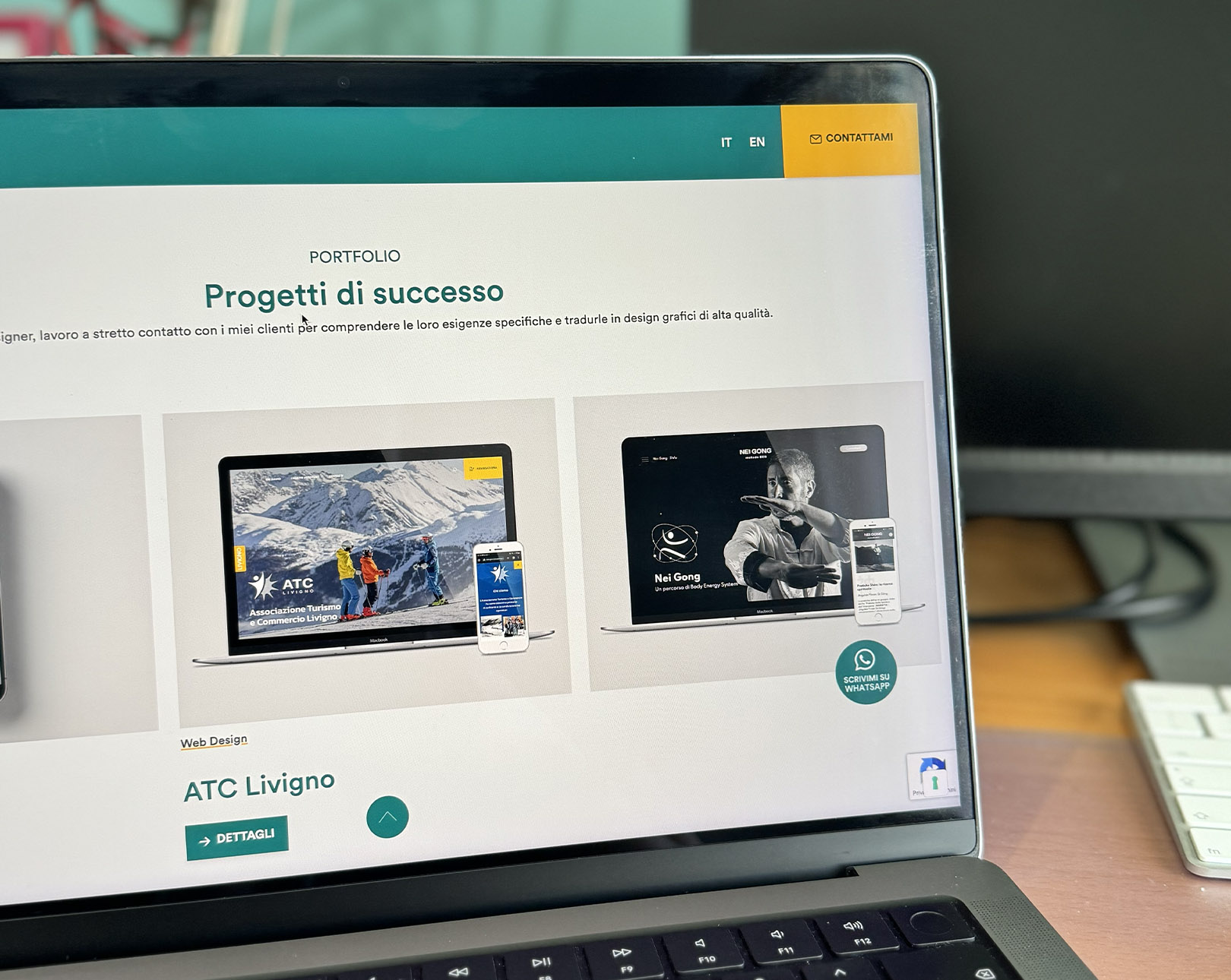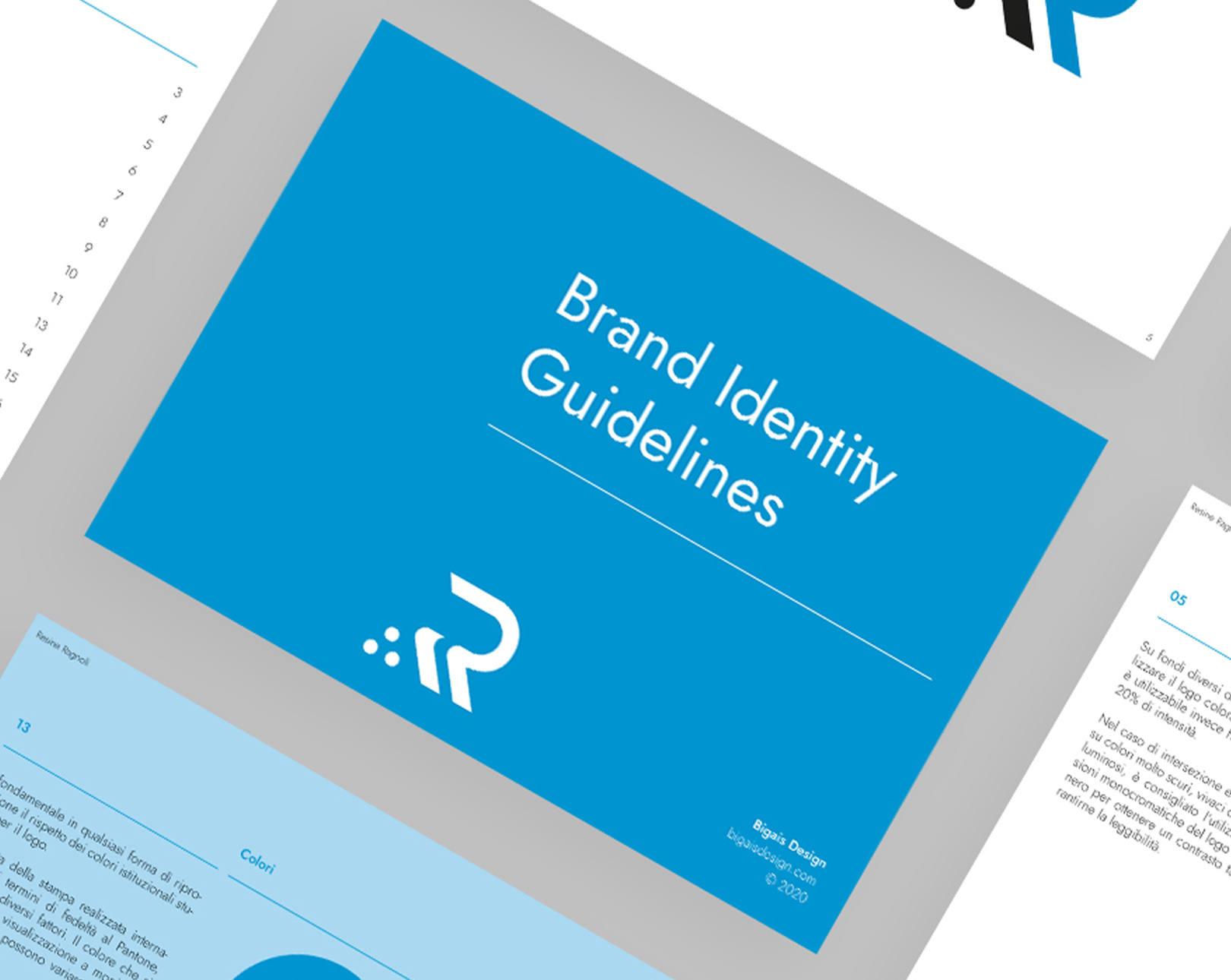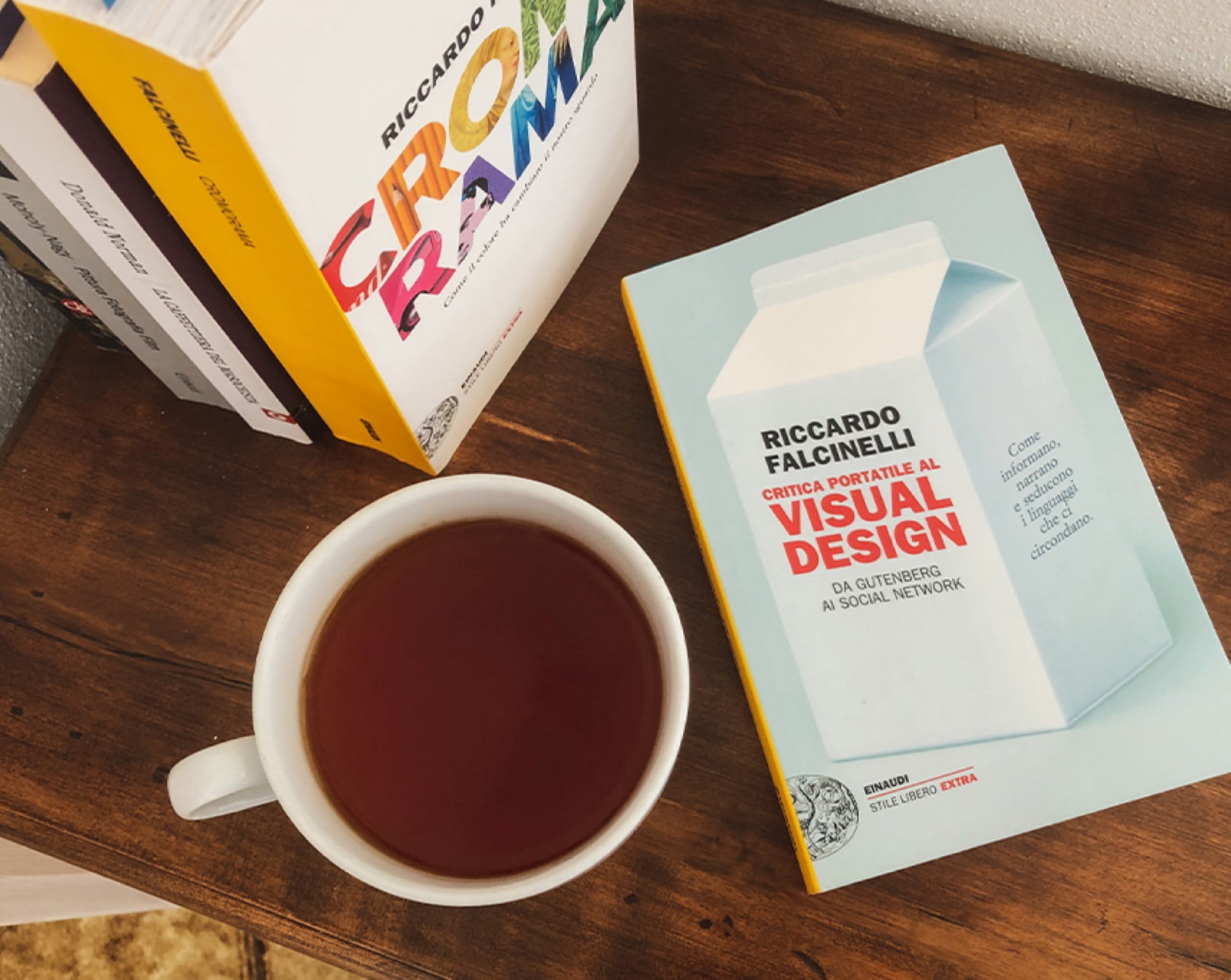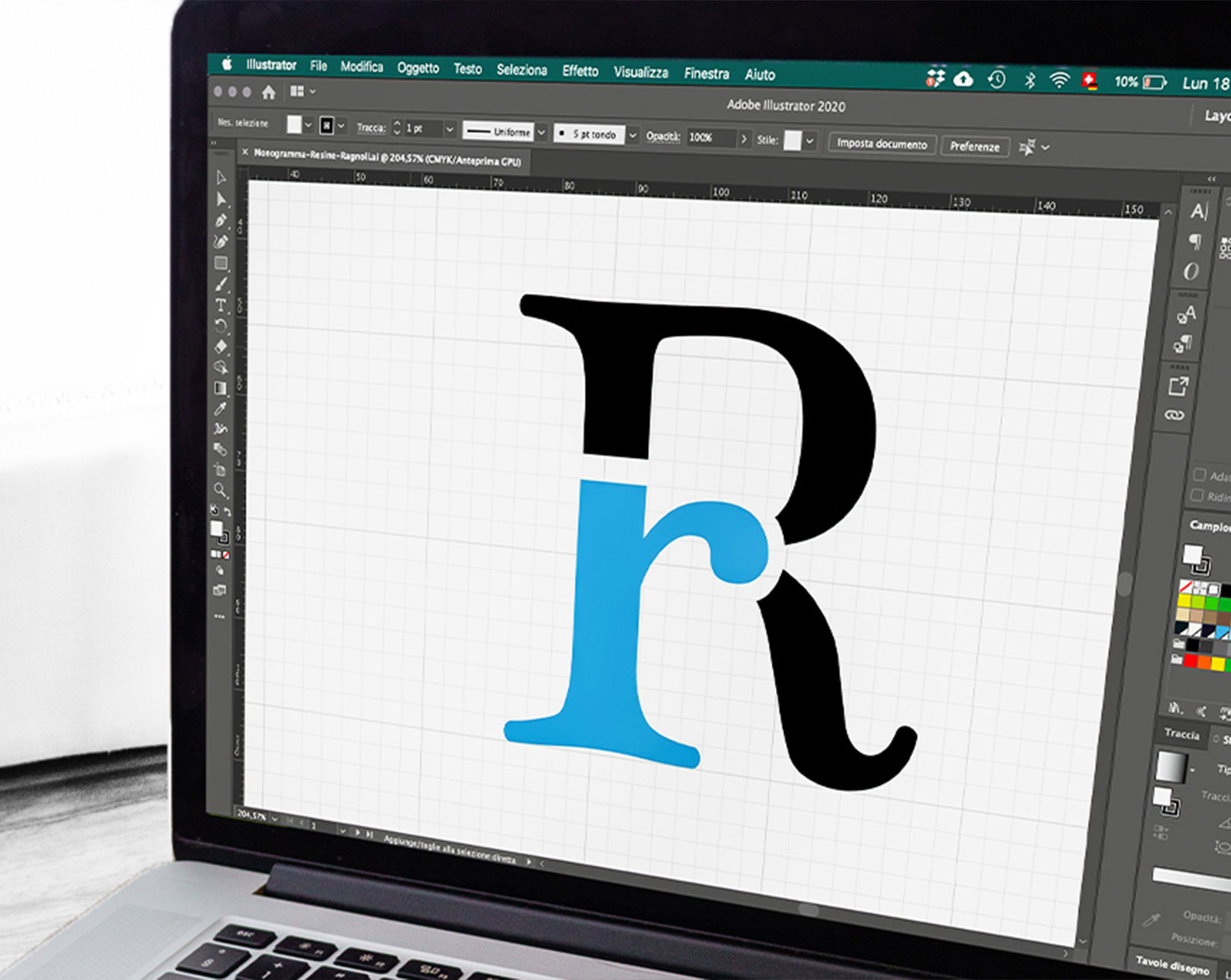 I’m realizing that even among the younger and more informed generation, there’s still some confusion about what format to use when sending a logo to a designer.
Logos are created in both vector and raster formats, each serving different communication needs.
To understand the difference between a vector logo and a raster logo, it’s important to first grasp the distinction between raster and vector images.
I’m realizing that even among the younger and more informed generation, there’s still some confusion about what format to use when sending a logo to a designer.
Logos are created in both vector and raster formats, each serving different communication needs.
To understand the difference between a vector logo and a raster logo, it’s important to first grasp the distinction between raster and vector images.
What is a raster image?
In English, "raster" refers to a grid: a raster image is made up of a grid of small squares called pixels. Each pixel contains color information, and together they form the image. The most important property of a raster image is its resolution: the number of pixels per inch. By standard, the English inch (2.54 cm) is used, and the term "Dots Per Inch" (DPI) refers to the number of dots per inch. The higher the number in this ratio, the higher the image resolution. The standard for high-quality printing is 300 dpi, while for web use, 72 dpi is usually sufficient to ensure good visual quality. Reducing the size of the photo will increase its resolution, but enlarging it will decrease the resolution, resulting in a pixelated effect where individual squares become visible. JPEG is undoubtedly the most commonly used raster image format: it creates a powerful color compression that, however, is not visible to the eye and is not perceptible by the printer.
What is a vector image?
A vector image is made up of a set of geometric primitives (lines, points, curves, and polygons), to which colors and even gradients can be applied. Since these shapes are based on mathematical equations, it's possible to enlarge a vector image as much as you want without losing resolution. The vector file is flexible, meaning your logo can be resized up or down without compromising quality. Another great thing about vector files is that they can easily be converted into JPG and PNG formats for use on the web. The PDF format is the standard for sharing vector files, as it can be opened by various editing programs, including the well-known Illustrator, and other free software available on any computer.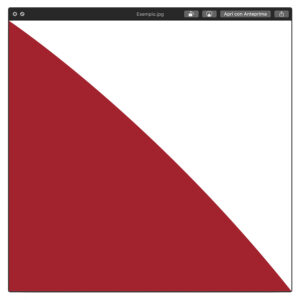
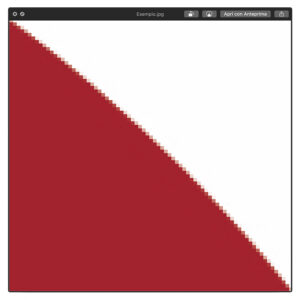
What are the advantages of a vector image?
The graphic will be infinitely scalable, without loss of resolution: since it is not made of pixels, the image can be printed on both an A4 sheet and a billboard while maintaining perfect definition. This is why a logo should always be designed in vector format. Colors are easily and quickly modifiable: the individual geometric shapes that make up the logo can be selected and modified very intuitively. Vector images take up less space than raster images: the information within a vector file is smaller, so modifications are once again simpler and faster. Usually, logos are created in vector format, in order to meet various communication needs. If you have a logo in raster format, perhaps created by you, consider the importance of managing your brand's communication. The logo should be recognizable on any medium, in order to support and expand your business opportunities. Take a look at my portfolio and contact me for a free consultation! Everyone gives this important communication tool the value they give to their business. N.G.

